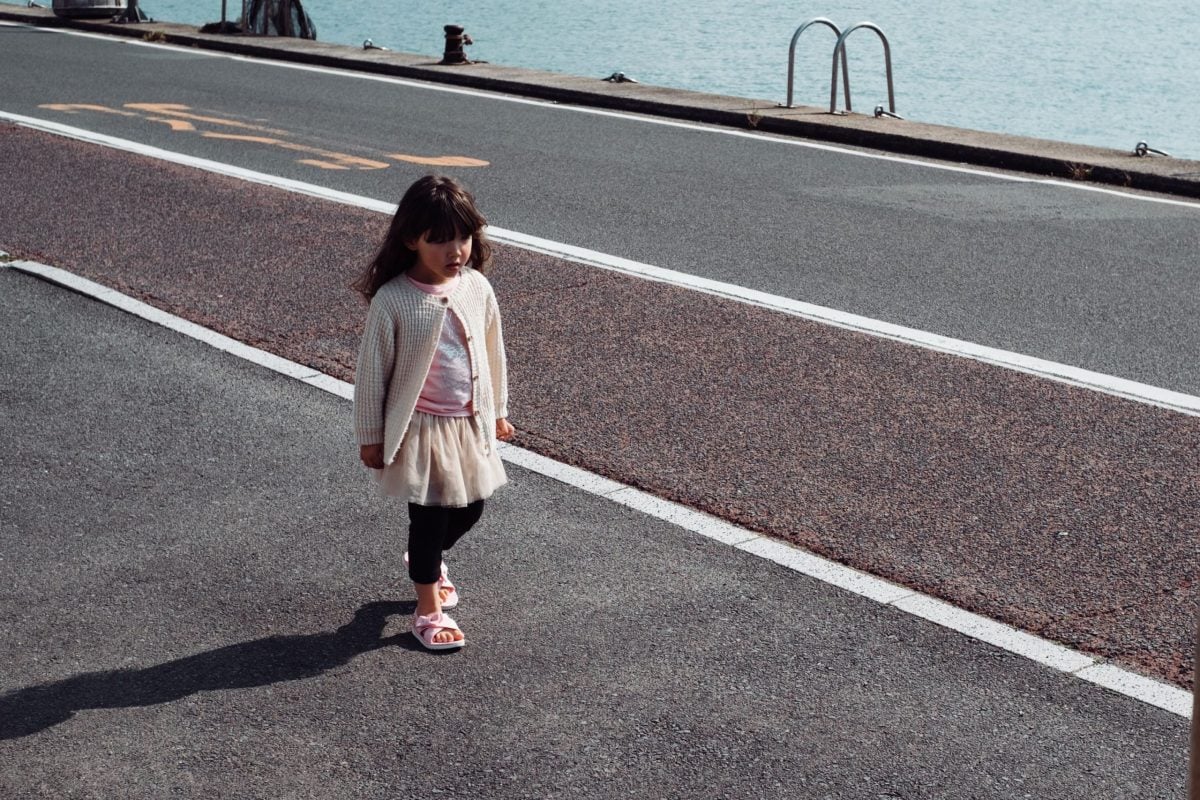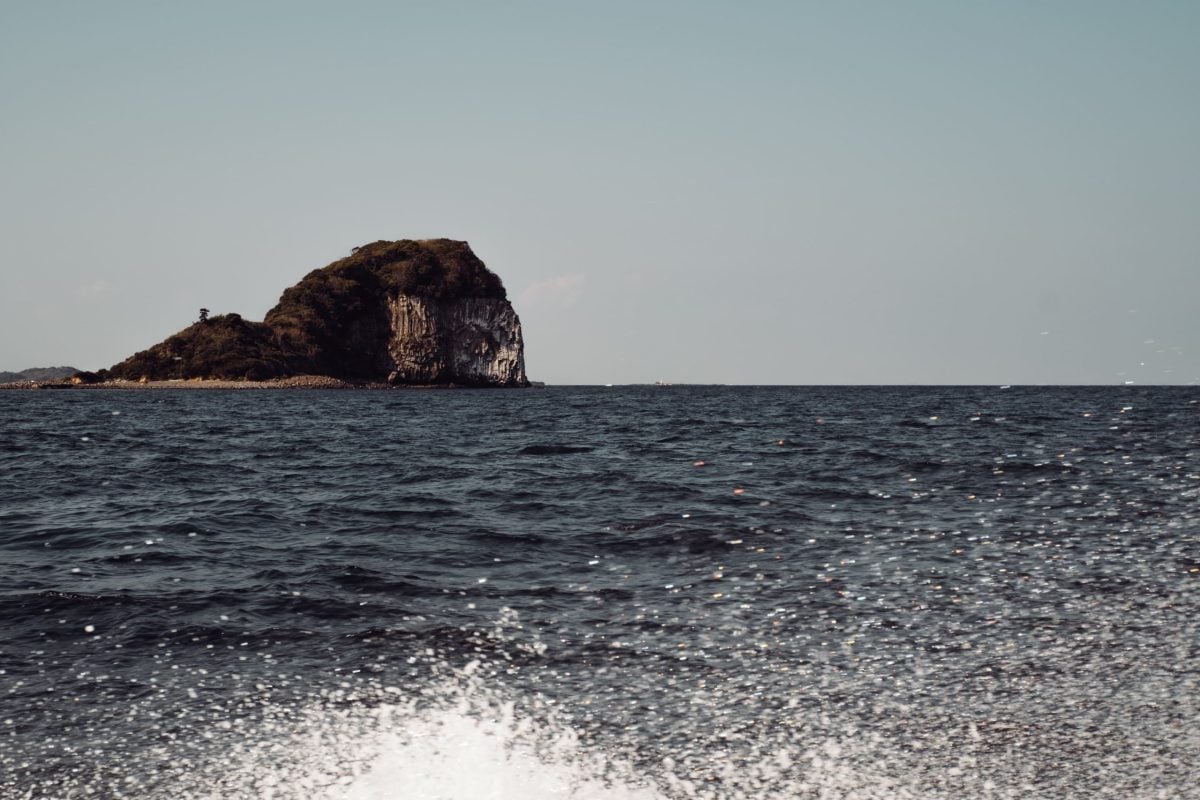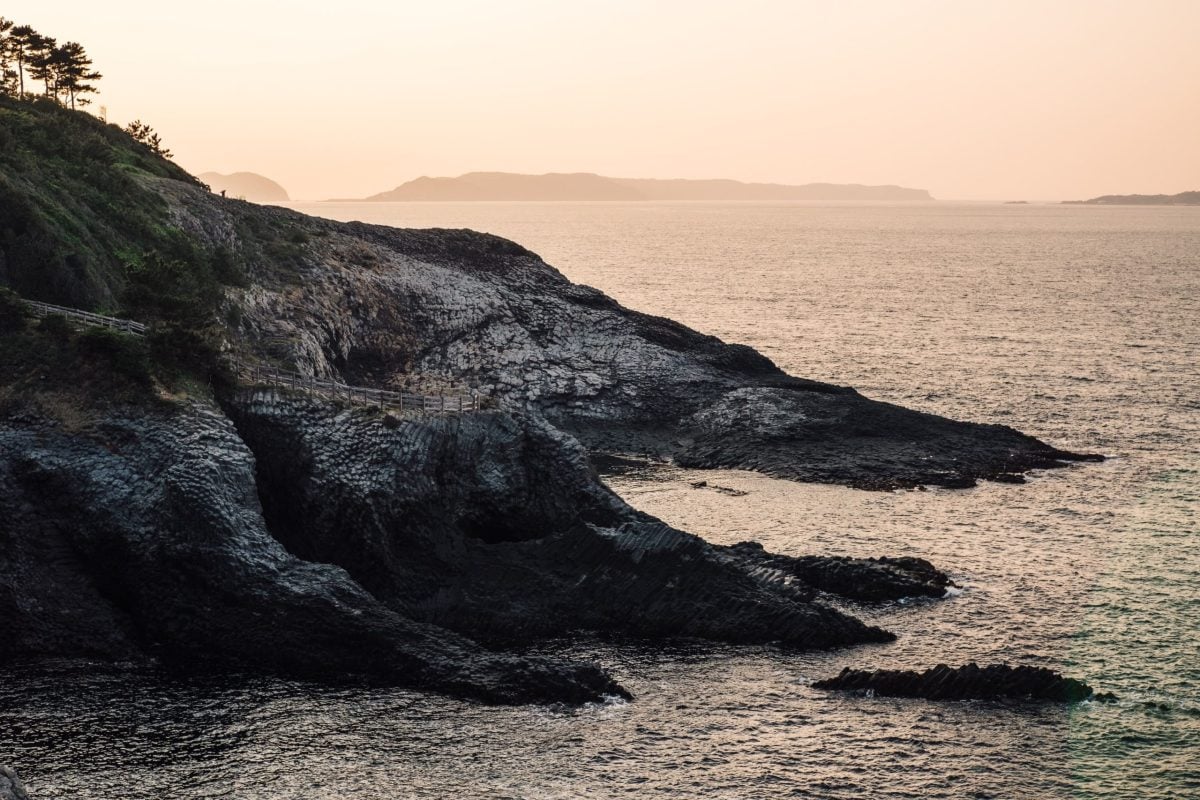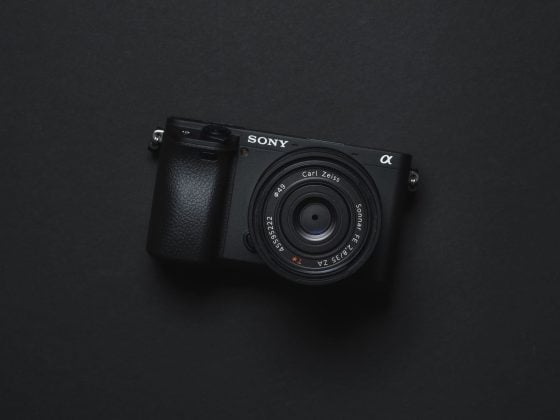I finally got my grubby little hands on the APS-C Meike 35mm f1.4 in the Fujifilm X-Mount, and it has been a very fun compact lens so far.
This is an 8-element 35mm f1.4 APS-C lens with an equivalent field of view of 50mm.
Meike 35mm f1.4 – Amazon
Amazon has messed up the listing of this lens for the Fujifilm X-Mount. They have it listed as the f1.7. I’m not sure how to go about ordering it for Fujifilm.
A Look At The Meike 35mm f1.4
Meike has managed to keep the image quality under control for such a fast and small lens, which surprised me.
There are no blaring issues or any deal breakers with this lens. It has some nice rendering with some decent-looking bokeh. No crazy drop in sharpness along the corners or edges like with the Kamlan 50mm f1.1, and no serious issues with chromatic aberrations or drop in sharpness wide open like the 7Artisans 35mm f1.2.
Build quality is also on par with the other Meike lenses, except the aperture ring is a little too loose, and it always escapes its set aperture from accidental handling.

Meike 35mm f1.4 Flaws
The main flaw of this lens is that it’s a bit on the softer side when wide open, but still nothing compared to the 7Artisans 35mm f1.2. At those higher apertures, sharpness is decent/good for a small, fast lens like this.
Bokeh renders well with no serious issues, but it is a little streaky/nervous at times and not incredibly pleasing with some swirling and cat-eye bokeh along the edges. It actually reminds me of the 7Artisans 35mm f1.2, which probably comes from making a fast lens so small.
Stopping down even a little reveals geometry in the out-of-focus highlights.

Fujifilm Wormies / Monitor Problem – A Side Note
I’m still going through and trying to evaluate sharpness and performance for my main review. I just got a new MacBook (after my daughter broke the screen on my old 2014 model—kids, right?) and my external monitor and was having some very strange issues with the infamous Fujifilm wormies appearing at 100% crop.
This usually never happens, and now I understand why people complain about Fujifilm worms. When I was mirroring my desktop monitor and my MacBook Pro display, I got a ton of wormies on both monitors. There must have been some sort of false scaling issue; maybe the image was being scaled more than it should.
I fixed this by running the two monitors as two separate screens at their native resolution rather than mirroring them, and everything is looking good and back to normal.
So, if you’re experiencing significant problems with Fujifilm files, try that. Your monitors may not be at their native resolutions.
Since I’ve gotten a few emails about this, I thought I would mention it.


Meike 35mm f1.4 Overview
Overall, this Meike 35mm f1.4 looks like it could be the best value or the best bang for the buck when it comes to a full manual prime lens. I’m not experiencing any magic or excitement from my images as I get from the XF 35mm f1.4 or my new Nikon 50mm f1.8 S, but for casual photography, especially street photography, where you want as much pop as possible, this lens is great.
Mind you, the Rokinon 35mm f1.2 will outperform this if you’re looking for a high-quality manual focus prime.
What I do like about these little, cheap, low-element lenses is the pop you get. I talk about micro-contrast a lot, and it’s something I’ve been learning more and more about as I test more lenses. I probably need to go back and refine some more of my older reviews to detail this a little bit better.
Lens Pop / micro-contrast
Most prime lenses have good pop, also known as micro-contrast, which is why I always say prime lenses have nice pop. Some of the more complicated bigger prime lenses by Nikon, Canon, Sony, or Sigma don’t have the same level of pop as these smaller lenses, but they’re still decent compared to many fast zoom lenses. This is one reason why Prime lenses just look better. A 22-element 70-200mm f2.8 lens @ 200mm will never look as good as a 7-element prime 200mm lens. There is just too much glass in the zoom lens.
This is also why you’ll notice better pop on slower zoom lenses than fast lenses: the glass to make those fast apertures is usually much thicker, and more elements are required. For example, my Canon 24-105mm has some nice pop for zoom.
This is also why you should never buy a fast lens if you don’t absolutely need it, especially for landscape photography. Go for the f4 lens unless you’re an astrophotographer. There is a beauty to slower lenses and they shouldn’t be looked over because of this idea that faster lenses are automatically better. Often they are actually worse if used in the wrong conditions.
Fujifilm and Zeiss tend to go for more pop than the other brands. If you’re a Sony shooter, you’ll notice this with the Batis lenses compared to the GM lenses. The GM lenses are more correct, but the Batis lenses just look better. That is because they are usually a little slower and use less glass.



I’m in the middle of reviewing the Nikon Z 50mm f1.8 S which is an extraordinary lens, but the lens does not have the same micro-contrast as this Meike.
The Nikon images just lack that extra gritty detail you get from these low-element lenses. When you’re looking for it, the best way I can describe it is ‘micro clarity’.
While the Nikon 50mm f1.8 is probably the best 50mm I’ve tested in terms of aesthetics, it does not have the pop of a lens like this, and it really creates a totally different vibe that I think actually looks nice for some things. But man, that Nikon 50mm f1.8 S is a legend.
I will write a full article on micro-contrast very soon, but a good micro-contrast lens isn’t always better. Sometimes, you might want the more ethereal look of a perfectly corrected Sigma or Nikkor.

Micro-Contrast & The Retro Look
I have noticed that a good micro-contrast lens like these Meike lenses does a better job of reproducing that classic retro look. That was the magic of those old lenses from the past, I think. It’s part of that unmeasurable character some lenses have more than others.
Since lens design is a battle of compromises mixed with technology, by going for high micro-contrast, you must use as little glass as possible, and this brings about all sorts of other flaws and characteristics that we get with these little lenses.
There are still some high-quality micro-contrast lenses out there that use modern elements and coatings. Kipon has their Elegant series now that does a very good job at producing a controlled retro look, and Zeiss, of course, is still producing nice micro-contrast lenses. You can really see it with the Sony Sonnar 35mm f2.8. I shot a bunch with it using the Sony A6400, which is rather glorious on an APS-C camera. I don’t like that lens for a full frame, though. The Sony 50mm f1.8 is also great for micro-contrast; it only uses 6 elements.
I’ve reviewed most of the Handevision lenses already and have enjoyed them, my favorite being the IBERIT 75mm f2.4. I’ll be getting the updated Kipon versions for the Z6 soon.


In terms of pop and contrast on this Meike, you do lose it a little when wide open, but not as bad as that 7Artisans 35mm f1.2. This is fairly common with most lenses, it would seem. The image overall gets a little duller. High-quality lenses are better at controlling this.
I think I like the 6-element Meike 35mm f1.7 a little more than this lens as an outdoor lens since the output is a little bit crisper, but this f1.4 lens a lot better if you’re doing any indoor shooting as the f1.4 aperture allows you to get that faster 1/80 shutter without digging too deep into the ISO.
I do think this is a great alternative to the 7Artisans 35mm f1.2, and you should probably buy this lens over the 7Artisans 35mm f1.2 if you’re looking for a fairly fast lens that’s fairly cheap.
The 7Artisans lens is a ton of fun, but it has a really bad copy-to-copy variation with poor quality control, and the image quality is a little bit too wild for most people. But again, these are just my first impressions of this Meike 35mm f1.4, and I like to spend at least a few weeks with a lens before doing a full review.

The Difference Between A Pro Lens vs. A Cheap Lens
As you can see from my samples, the Meike looks very good in some images, but it struggles in others. This is because the technology and R&D that goes into these cheaper lenses cannot match what the big lens designers like Canon, Nikon, and Fujifilm are doing today.
There are a few reasons why a lens like a Meike will never outperform a Nikkor or a Fujinon, mostly due to technology. Typically, high-end lenses will always outperform these cheaper lenses regarding contrast and sharpness when wide open.
High-quality Fujinon or Nikkor lenses usually perform very well even at their fastest apertures, holding their contrast, saturation, and some of their sharpness. They are almost always very resistant to ghosting and flaring and cut down significantly on internal reflections, which allows them to perform very well in bright, reflective environments.
Superior Lens Design & Technology
This improved performance with higher-end lenses is a result of superior lens design, including optical formulas and mechanical design, as well as the technology that goes into the coatings and glass composition.
There are many different formulas for the actual glass elements, and they all can have slightly different properties that produce different refraction indexes. Usually, these glass elements have an index of refraction of around 1.4 all the way up to 1.7. Then, there are ultra-high refractive elements and high-tech plastic, with an even different index of refraction. Many big zoom lenses or even primes now use at least one of these elements. Sometimes, they are also smaller and lighter because they are easier to shape.
Companies like Mitakon use up to four of these elements in some of their lenses.
You can see how different formulas have different indices of refractions over at Edmunds Optics.
The Science Of Lens Design
Lens design involves a lot of science and requires advanced software and, most importantly, experience. Some smaller companies, like Kipon, are willing to spend millions of dollars to create lenses like the Kipon 40mm f0.85 II, but smaller companies like Meike or 7Artisans are using old, proven designs from the past with some modern tuning.
Much money, research, and time goes into lens design, and it shows. Lenses from the last five years are showing to be so much better than lenses from even 10 years ago.
This doesn’t mean these Meike lenses are bad or lenses from 10 years ago are bad. They have a unique quality and are a ton of fun to use. You can get great looks from them if you work within their limitations.
I should review all the Meike lenses because they are doing a good job with these small, cheap lenses, and I’m having so much fun with them. Meike seems to have the best quality control of these cheap lenses I’ve seen.
Meike 35mm f1.4 Sample Photos
This was all shot with the Meike 35mm f1.4 and the Fujifilm X-T3. I colored it with my custom presets in Lightroom.









| **This website contains affiliate links. We will earn a small commission on purchases made through these links. Some of the links used in these articles will direct you to Amazon. As an Amazon Associate, I earn from qualifying purchases. |






